Growing up poor often meant getting creative with entertainment, leading to some of the most ingenious and memorable games that required little more than imagination and a willingness to have fun. These games, forged from necessity, have not only provided joy but also a sense of community and shared experience that many still cherish today. Let’s take a walk down memory lane and explore twelve timeless games that became staples in less affluent neighborhoods.
1. Kickball

Kickball was more than just a game; it was a community event. All you needed was a rubber ball and makeshift bases to turn any street or field into an arena of excitement. Players would often adapt the rules based on the number of kids available, making it a versatile and inclusive game.
The simplicity of kickball allowed children from various backgrounds to participate without needing expensive gear, fostering a spirit of inclusivity and teamwork.
2. Four Square
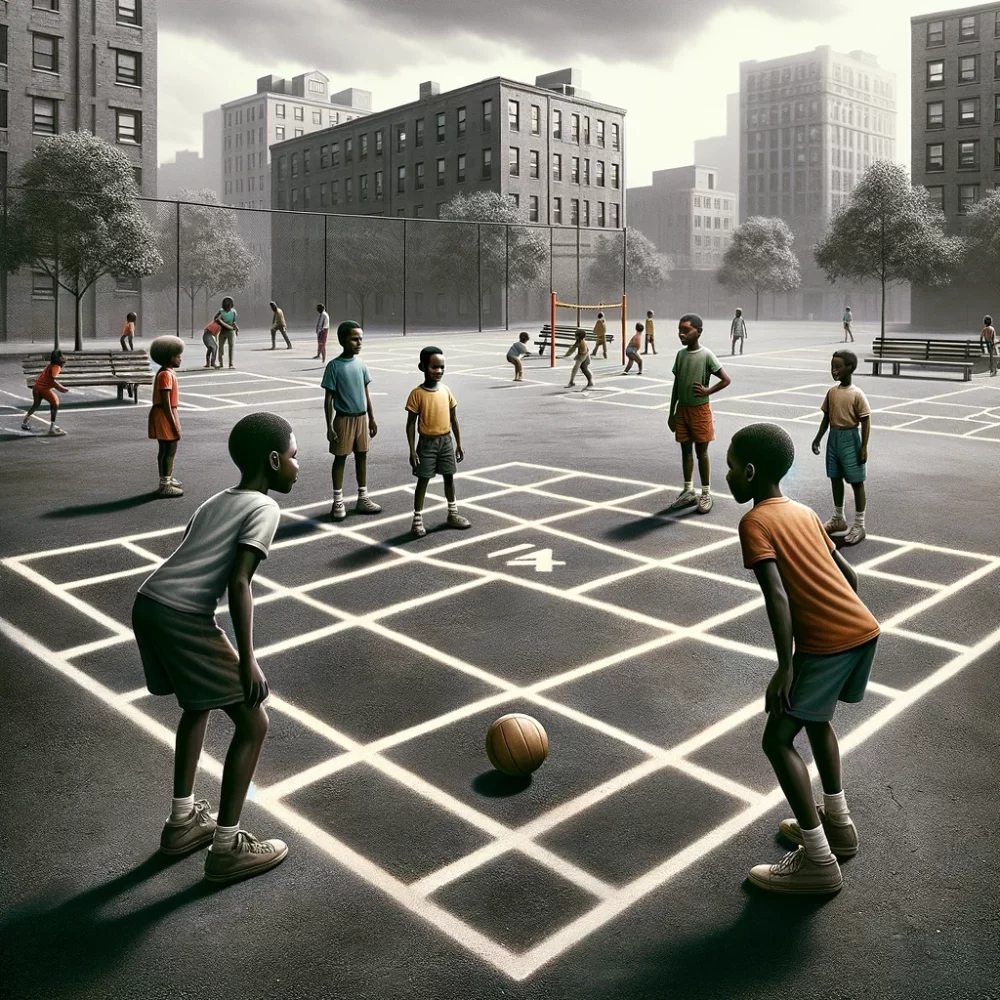
Four square was the king of schoolyard games, requiring only chalk and a ball. It was a game of skill and cunning, where players used a variety of techniques to eliminate opponents and ascend to the highest square.
This game was particularly appealing because it could be played on any flat surface, making it accessible anywhere, from the concrete jungles of urban areas to the dusty grounds of rural schools.
3. Hopscotch
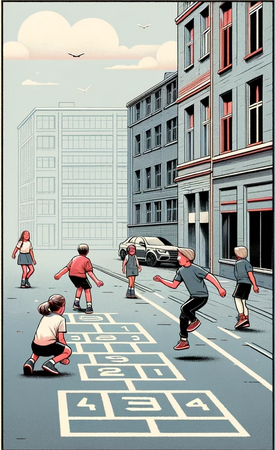
Hopscotch is a game that transcends generations, known for its simple grid drawn with chalk and a stone or beanbag. It was a fixture outside many homes, with children hopping their way through numbers in an effort to retrieve their marker without losing balance.
The game was a balance of physical skill and strategy, offering a playful challenge that required no monetary investment.
4. Double Dutch

Double Dutch required nothing more than two long jump ropes and a bit of coordination. This dynamic game was particularly popular among girls, who would chant rhymes as they jumped through the twirling ropes.
It was a social game that helped build community bonds and was often a highlight at gatherings, showcasing skill and teamwork.
5. Marbles

Marbles was not just a game; it was a childhood economy. Players would draw a circle in the dirt and take turns trying to knock each other’s marbles out of the ring. The game was both competitive and a way to display one’s knack for strategy and precision.
Marbles could be found or traded, and games often ended with players richer or poorer in their marble collection, mirroring the financial stakes of the real world.
6. Stickball
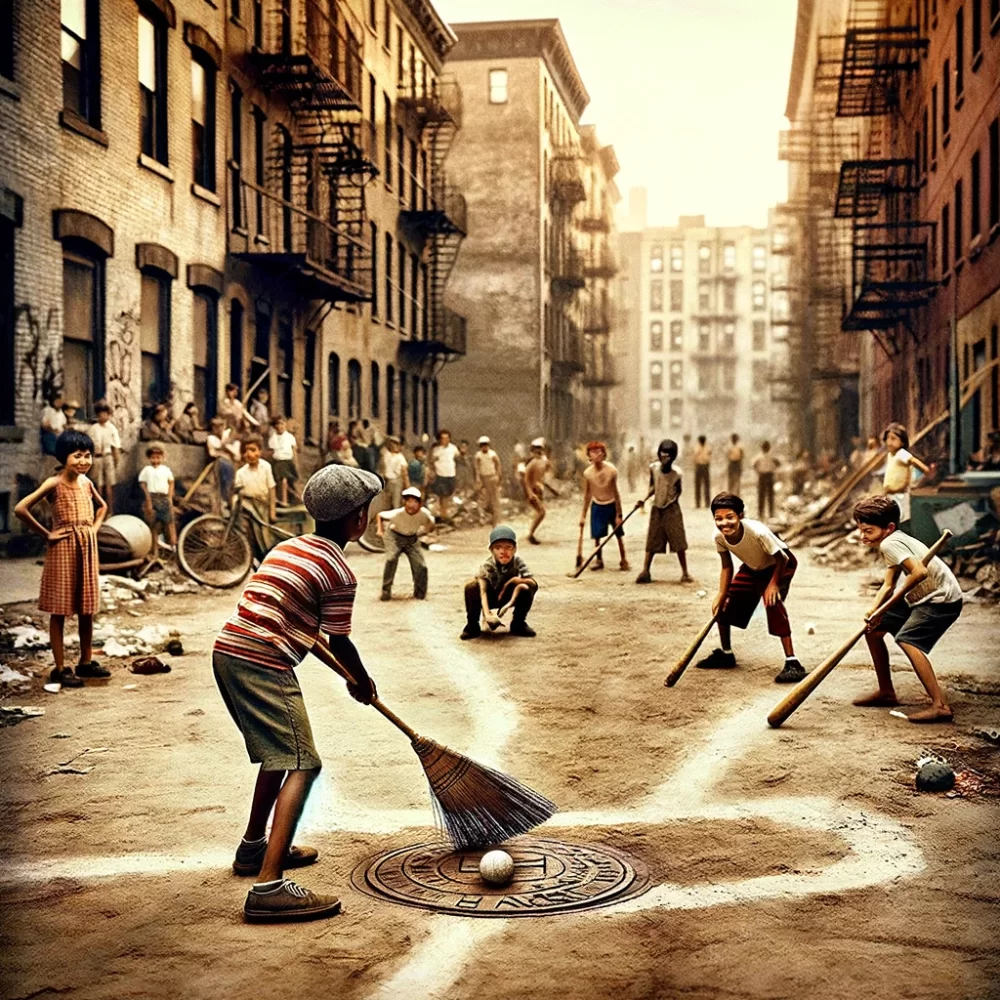
Essentially urban baseball, stickball was played with a broom handle and any small, bouncy ball available. The streets and alleys became stadiums, with manhole covers serving as bases and local rules adapting to the urban landscape.
This game was a testament to making do with what you have, turning everyday items into the tools of play.
7. Red Rover
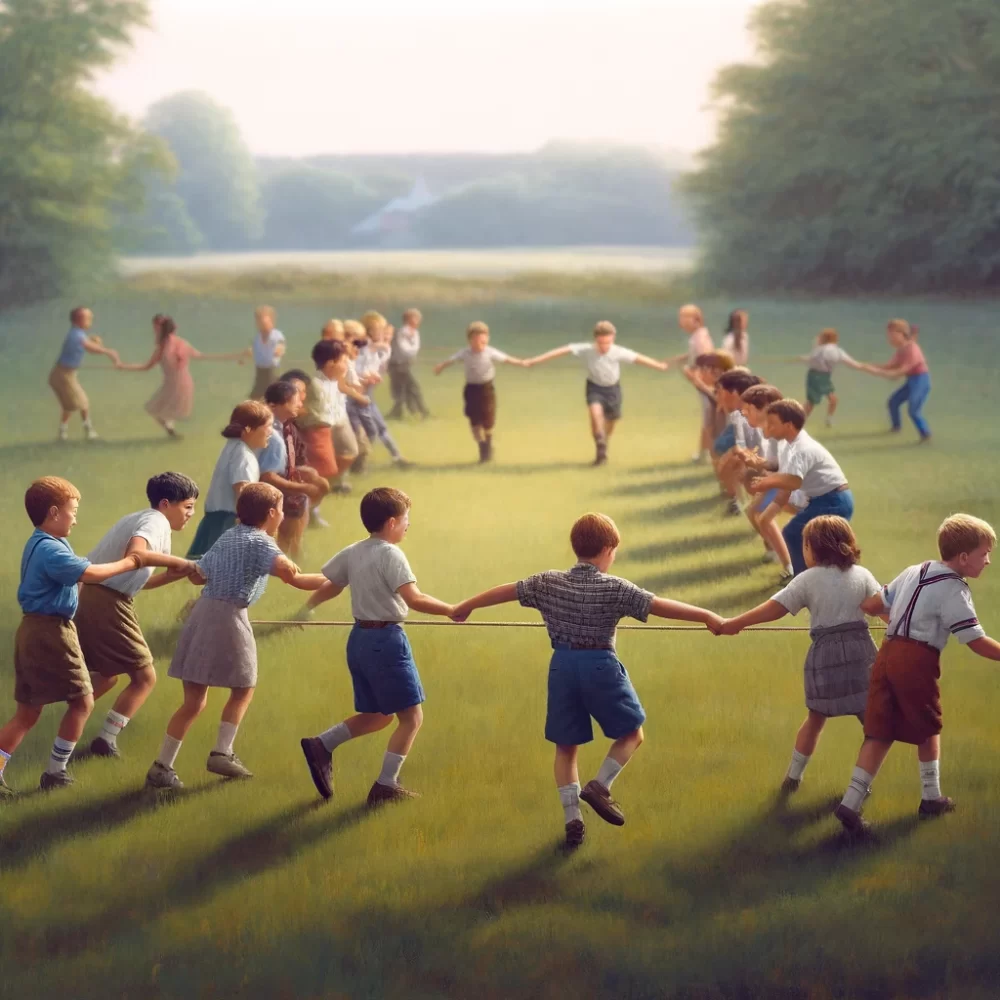
Red Rover was a popular game that required no equipment, just space and a group of enthusiastic players. Children would form two lines, holding hands and calling players from the opposite team to break through their chain.
This game was beloved for its simplicity and the sheer physical joy of running and dodging.
8. Tag

The timeless game of tag could be seen in nearly every playground and back lot. It’s a game that promotes physical fitness, quick thinking, and agility, as players run to avoid being “it.”
Tag required no equipment and could be played across any number of environments, making it universally accessible.
9. Hide and Seek

Another universal favorite, hide and seek has been played by children all over the world. The thrill of finding the best hiding spot and the anticipation while waiting to be found is unmatched.
It’s a game that stimulates creativity and strategic thinking, as players find new and innovative places to hide.
10. Jump Rope
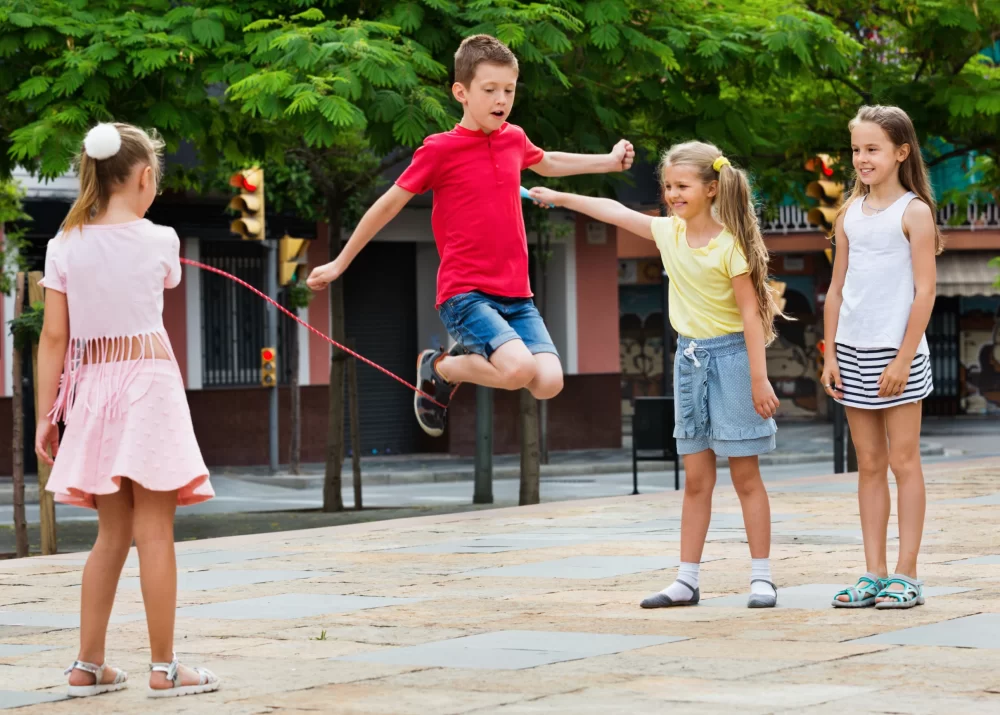
Jump rope could be played with a single rope, with participants taking turns, or with multiple ropes for Double Dutch. It was a game that combined rhythm, timing, and physical fitness.
Often, jump ropes were homemade, crafted from discarded materials, making them a symbol of resourcefulness.
11. Handball
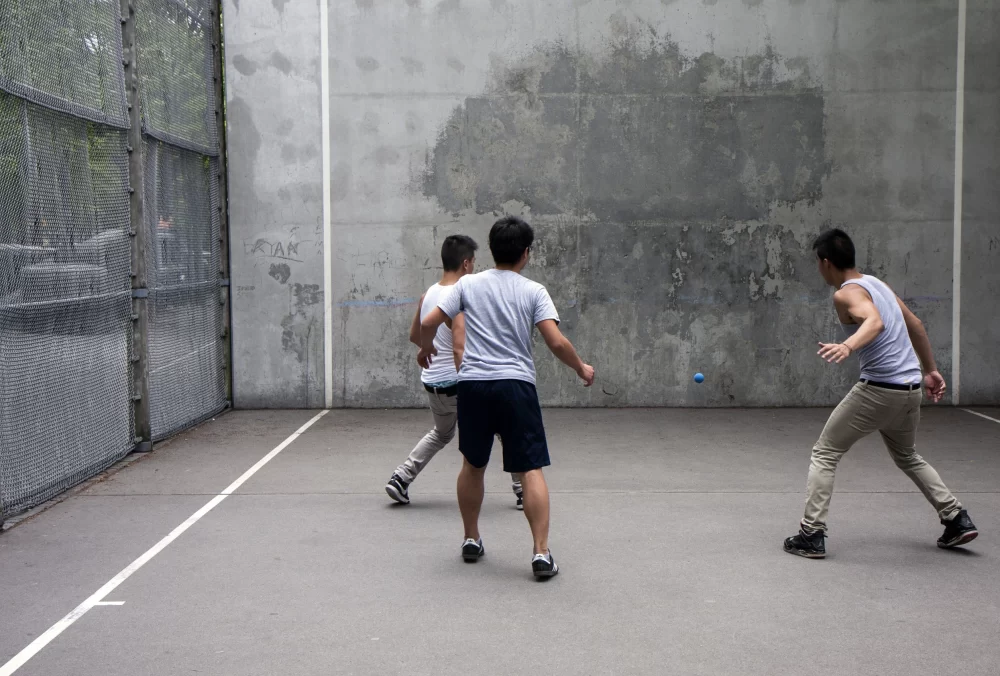
Using only a wall and a rubber ball, handball was a staple in many urban schools. Players hit the ball against the wall, following rules that were often a mix of tennis, squash, and baseball.
This game was particularly popular because it helped hone reflexes and could be played solo or with friends.
12. Capture the Flag

Played across neighborhoods or makeshift camps, Capture the Flag involved two teams trying to steal a flag from the opponent’s territory without getting tagged. It required teamwork, strategy, and a lot of running.
This game was a fantastic way for a large group of kids to spend an afternoon, using whatever open space was available.
Creativity Triumphs Over Financial Limitations

These games illustrate how creativity can triumph over financial limitations, providing rich, memorable childhood experiences. They remind us that joy doesn’t require expense and that the best games might just need a ball, a piece of chalk, or simply the spirit of play. Share this article to bring back the nostalgia and perhaps inspire today’s generation to step away from screens and enjoy these classic games. Let’s keep the tradition of simple, inclusive play alive!
Read the full article here
















